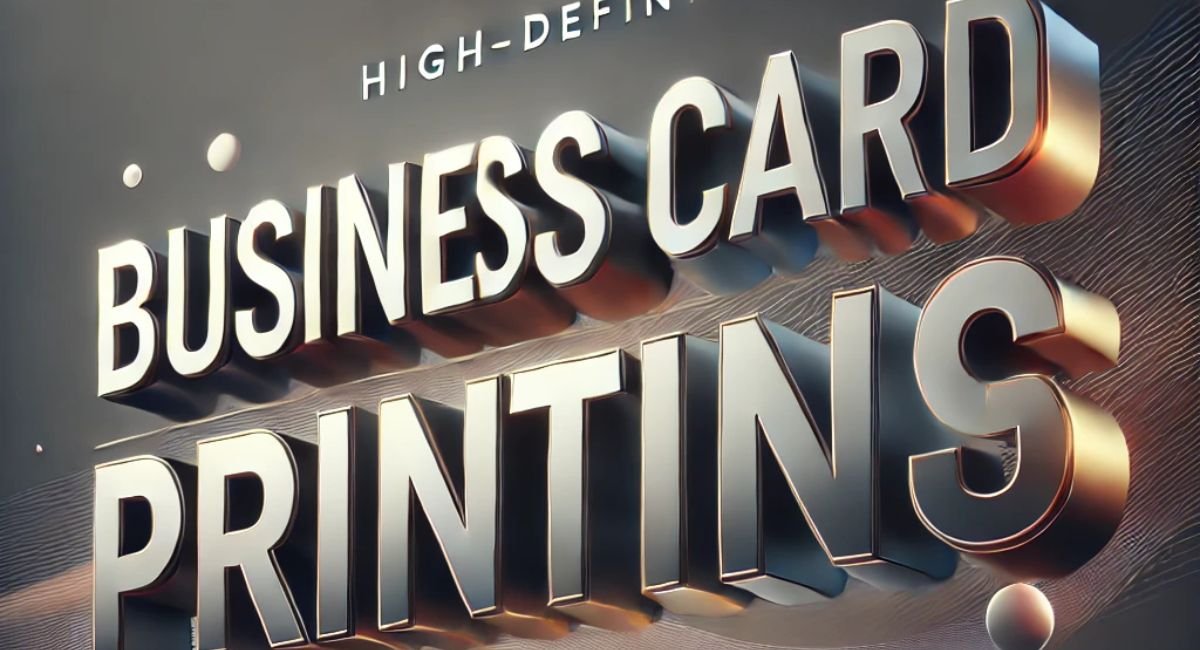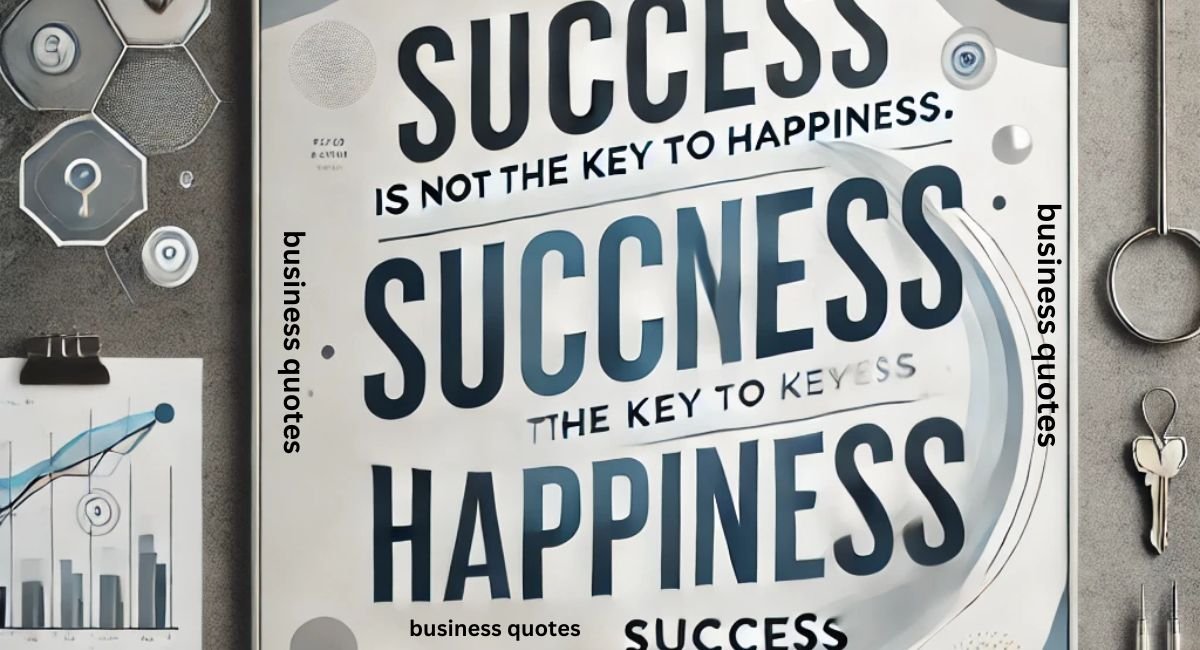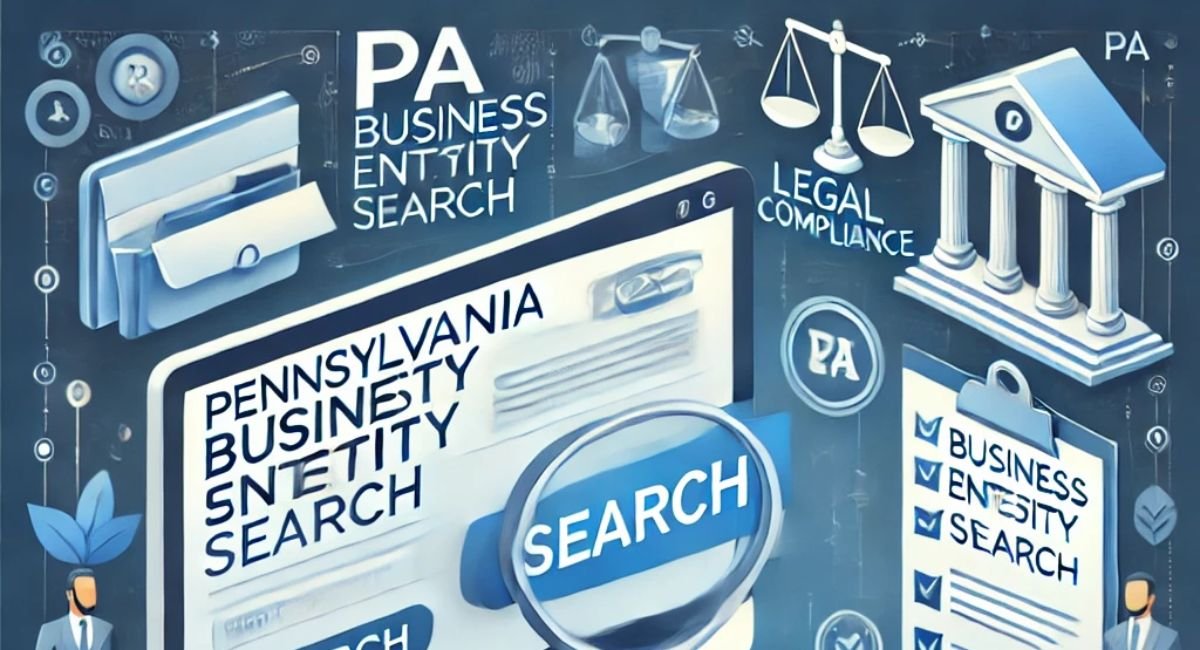In today’s fast-paced business world, first impressions are everything. Business card printing plays a crucial role in making that perfect introduction. A well-designed, professionally printed business card not only shares your contact details but also reflects your brand’s identity, values, and professionalism. Whether you’re networking at events, meeting clients, or even catching up with old contacts, handing over a business card creates a tangible connection. As much as digital networking has grown, business cards remain a powerful tool in personal and corporate branding.
Introduction to Business Card Printing
Business card printing might seem like a simple task, but it involves multiple layers of creativity, technical know-how, and strategic planning. Business cards, despite their small size, are an essential piece of your brand’s marketing collateral. It’s about balancing design, message, and quality while maintaining professionalism. Even in the age of LinkedIn and social media, business cards offer a personal touch that digital mediums often lack. So, why are business cards still a must for every professional, and how do you ensure you print the right one? This comprehensive guide will take you through everything you need to know about business card printing.
What Is Business Card Printing?
Business card printing is the process of transferring your business information, logo, and brand aesthetics onto a small piece of cardstock. Typically, these cards include essential details like your name, company name, logo, job title, phone number, email address, and website. Printing technology has evolved, offering businesses options ranging from basic to fully customized designs that can leave a lasting impression.
While designing a business card may sound straightforward, there are many factors to consider. From the type of cardstock used to the printing method and the finish, each aspect can affect how the card is perceived by the recipient.
The Importance of a Well-Designed Business Card Printing
A Business Card Printing is more than just a tool to share contact information. It’s an extension of your personal or company brand. A well-designed card can communicate professionalism, creativity, and attention to detail. On the other hand, a poorly designed card can suggest disorganization or a lack of professionalism, which may impact your business relationships negatively.
In an age where emails and LinkedIn profiles are a click away, you might wonder if business cards still hold value. The truth is, handing out a business card creates a tangible connection that can reinforce a relationship. Moreover, the physical act of exchanging a card feels more personal than sharing a digital contact.
A successful Business Card Printing design reflects your brand’s identity and aligns with your overall marketing strategy. Colors, fonts, logos, and card materials all play a role in how you’re perceived by others.
How to Design a Business Card Printing for Maximum Impact
When designing a Business Card Printing, simplicity is key. A cluttered business card can overwhelm the recipient and make it difficult for them to find your contact information. Here are a few essential design tips:
- Prioritize Legibility: Always choose easy-to-read fonts. Avoid over-stylized fonts that might make your contact details difficult to read.
- White Space Is Your Friend: Don’t fill every inch of the card. White space helps highlight the important elements.
- Choose the Right Colors: Use colors that reflect your brand. Make sure they contrast well so that the text is readable.
- Consistent Branding: Your business card should match your other marketing materials, including your website, brochures, and social media profiles.
- Logo Placement: Your logo should be a prominent feature of the design but not overpowering.
- Unique Design Elements: Think about adding a special touch, such as foil accents, embossing, or even a unique shape.
Different Types of Business Card Printing Methods
There are various printing methods available, each offering unique benefits. Your choice depends on your budget, the level of customization you desire, and the impression you want to leave.
- Offset Printing: Known for producing high-quality results, offset printing is a popular method for large orders. This technique ensures vibrant, professional colors and a crisp finish. However, it can be more expensive for small print runs.
- Digital Printing: A more cost-effective option, digital printing is ideal for smaller batches. This method offers quick turnaround times, making it a great option for last-minute projects.
- Letterpress Printing: Letterpress is an old printing technique that presses designs into the card. It provides a textured, luxurious finish, perfect for premium business cards.
- Thermography: This method involves heat and special ink to create a raised, textured print. It’s an affordable alternative to embossing or letterpress and adds a tactile element to the card.
- Foil Stamping: If you want to add an extra touch of luxury, foil stamping is a great option. It involves applying metallic or colored foil to parts of the card, like your logo or name, for a striking effect.
Choosing the Right Material for Your Business Card Printing
The material of your Business Card Printing is just as important as its design. After all, the way a card feels can impact how someone perceives your brand. Here are some common materials used in business card printing:
- Standard Cardstock: This is the most popular option for business cards. It’s thick enough to feel substantial but not overly expensive.
- Textured Paper: Textured paper, such as linen or laid, adds a touch of sophistication and feels different from regular cardstock.
- Plastic: For a more modern approach, plastic business cards are durable and stand out from the crowd. They’re water-resistant and tend to last longer than paper cards.
- Metal: If you want to make an unforgettable impression, metal business cards are the ultimate statement. However, they can be costly and are not ideal for mass distribution.
The Role of Finish in Business Card Printing
The finish you choose for your business card can make a significant difference in the card’s look and feel. Here are some common finishes:
- Matte Finish: A matte finish is smooth and non-glossy. It gives a professional, understated look and reduces glare.
- Glossy Finish: Glossy finishes are shiny and can make colors appear more vibrant. However, they can be prone to fingerprints.
- Soft-Touch Finish: Also known as “velvet finish,” this creates a soft, luxurious texture that makes your card feel unique.
- Embossed or Debossed Finish: Embossing raises certain parts of the design, like your logo, while debossing pushes them in, creating a textured feel.
Understanding the Impact of Business Card Printing on Networking
In networking environments, the exchange of Business Card Printing is a subtle, yet significant, gesture. It signals the beginning of a professional relationship and offers the recipient a tangible reminder of your interaction. Business card printing allows you to take advantage of this moment. A professional, well-crafted card can distinguish you from competitors, showing that you care about detail and quality.
While the digital age has introduced many ways to connect, the personal nature of a business card can’t be underestimated. It provides a physical memory aid and makes it easier for others to recall your business later.
Customizing Business Cards for Various Industries
Not all industries are the same, and neither should your business card be. Depending on your field, you might want to tailor your business card to fit your industry norms.
- Creative Fields: If you’re in a creative industry, like graphic design, photography, or art, your business card is a chance to showcase your style. Unconventional shapes, bold colors, or unique materials can make your card stand out.
- Corporate Fields: In more traditional industries like finance, law, or consulting, simple and professional designs work best. Sticking to neutral colors like white, black, or navy can convey professionalism.
- Service Industries: For people in service-based businesses, like real estate or healthcare, including a headshot on your card can make it more personal. It can help clients remember you better, especially after a large networking event.
How to Maximize the Lifespan of Your Business Card Printing
Once you’ve invested in business card printing, it’s crucial to take care of them to ensure they remain in pristine condition.
- Card Holders: Always carry your Business Card Printing in a protective case to prevent them from getting bent or dirty.
- Proper Storage: If you’re ordering in bulk, store them in a cool, dry place to avoid warping or fading.
- Keep Extras on Hand: Running out of Business Card Printing at an event can be embarrassing. Always carry more than you think you’ll need.
FAQs
What is the standard size for Business Card Printing?
The most common size forBusiness Card Printing is 3.5 x 2 inches. However, custom sizes are available for those looking to stand out.
How many business cards should I print for a small business?
For a small business, printing anywhere between 250 to 500 cards is a good starting point. This gives you enough for networking events, meetings, and random encounters.
What’s the best material for business card printing?
Cardstock is the most popular material due to its balance of cost and quality. However, for a more unique look, consider textured paper, plastic, or even metal.
How much does professional business card printing cost?
The cost varies depending on the design, material, and printing method. Standard cards might range from $20 to $100 for 500 cards, while premium options like metal or foil-stamped cards could cost significantly more.
Can I design my own Business Card Printing?
Yes, many online platforms allow you to design your own business card using templates. However, for a truly professional look, working with a graphic designer is recommended.
What information should I include on my Business Card Printing?
Include your name, title, company, phone number, email address, and website. You may also want to include social media handles or a QR code.
Conclusion
Business card printing remains an essential part of branding in the digital era. It’s a simple yet effective way to create a lasting impression and foster professional connections. By carefully considering the design, materials, and printing methods, you can create a business card that truly reflects your brand’s identity. Whether you’re attending a corporate event or meeting a potential client for coffee, having a high-quality business card on hand can make all the difference in how you’re remembered.




